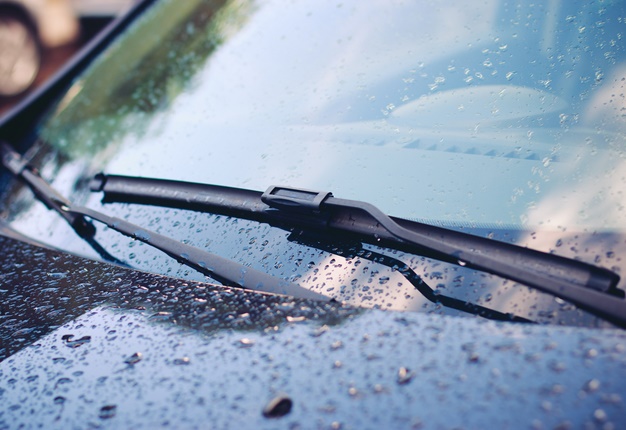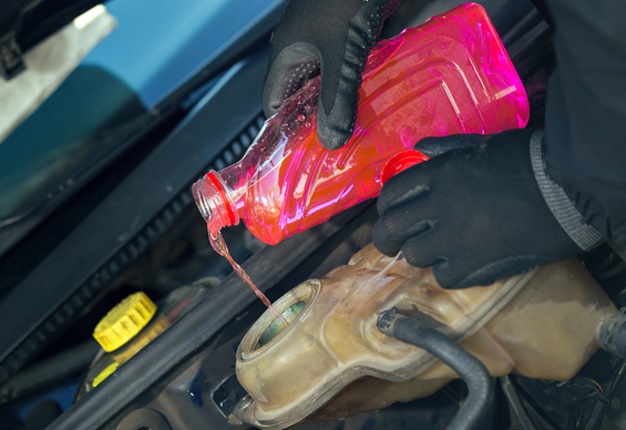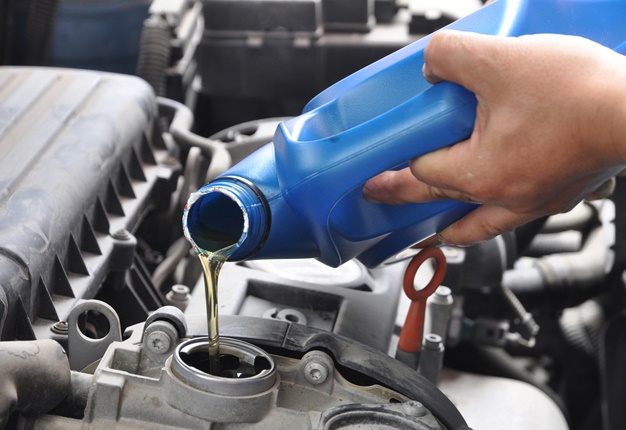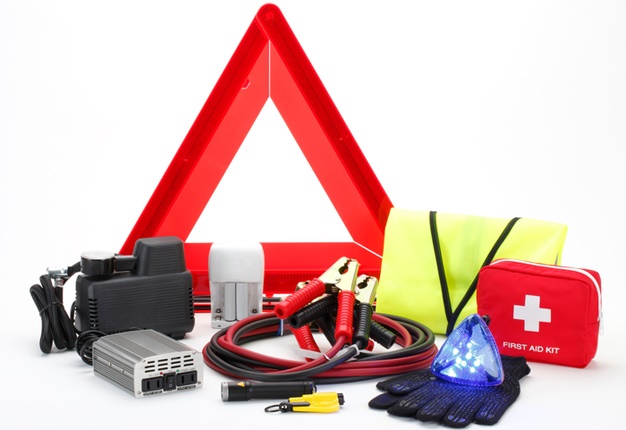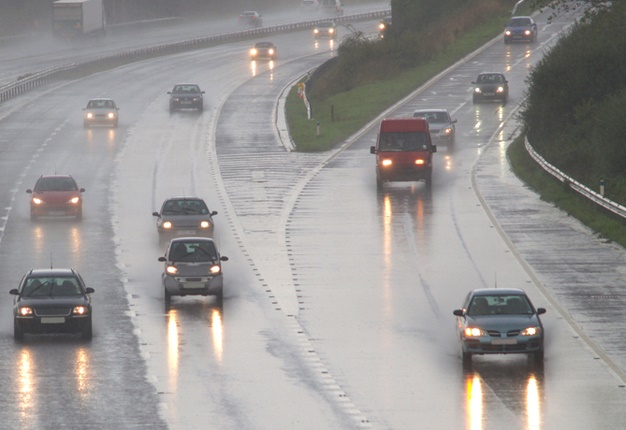
Cape Town - Although Spring seems to have sprung in parts of South Africa, the country could experience a few more more wet weeks before Winter finally comes to an end.
The cold, wet winter months put a lot of extra strain on your vehicle that can affect its performance throughout the rest of the year.
The last thing any driver wants is for their car to breakdown. The best way to prevent this is to have your vehicle maintenance properly checked and prepared.
READ: What are the cheapest second hand cars to Insure in South Africa?
You will have peace of mind and a safer time on the roads if you follow these helpful tips to prepare yourself and your vehicle for the winter weather conditions.
1 Check your battery
Cold temperatures during wet and cold months slow down the chemical reactions in your car’s battery, and the connections can become corroded.
This means that your battery may become sluggish and unable to provide enough charge to start your car when you turn the ignition.
READ: Battery tips - How to keep going
If the ignition does not have enough power, your car will not start; a situation that you definitely do not want when you are far from home and in the cold.
To prevent this, your battery should be changed every five to seven years or when it is tested and is no longer holding its charge.
Image: iStock
2 Get a set of winter tyres
Those who live in milder climates can get away with using all-season tyres rated for wet traction throughout the winter months. In harsher climates that endure freezing temperatures, especially in mountainous regions in Southern Africa, require winter tyres.
READ: Winter is coming: How to protect your car in SA
Although snow tyres are hardly used in SA, there are areas where it's applicable such as between Durban and Johannesburg. Snow tyres are specially made with deeper grooves that provide significantly more traction and that allow a car to stop as much as 40% faster than all-season tyres. In addition to using snow tyres, make sure that throughout the season your tyres are properly inflated; cold air can reduce tyre pressure.
Image: iStock
3 Switch to winter wiper blades and cold-weather washer fluid
Wiper blades need to be changed every six months. Old wiper blades can become dried and cracked after a summer in the sun, so you should swap them for winter wiper blades and washer fluid specially formulated for cold weather.
Make sure that you also have a windshield scraper in the car for when low temperatures leave frost on your windows.
Image: iStock
4 Use coolant and antifreeze
In very cold temperatures, proper coolant and antifreeze levels are essential to protect your engine from freezing and to prevent rust and corrosion. Check your engine coolant level and your cooling system for the proper amounts.
Use pre-diluted antifreeze or mix your own solution of half antifreeze and half distilled water. If you have not checked your cooling system in a while, the car will need to be brought to operating temperature before the entire system is flushed and refilled.
Image: iStock
5 Switch to thinner oil
Your car’s oil becomes even thicker in temperatures below freezing. This thickness can prevent your engine from starting, but even worse, it can clog your oil filter and ruin your engine.
Switching to a multi-viscosity oil that starts with a low number and includes a “W” for “winter,” such as 5W-30 or 5W-50, will help your engine start better and will provide more lubrication and protection from corrosion.
Image: iStock
6 Check your brakes
Cold weather brings icy, slippery roadways that make it more difficult to stop your car. If you have not had your brakes checked in the last six months, you need to have them and the pads examined before more heavy rains are due.
Even with new brakes, it will be more difficult to stop during wet and slippery conditions, so take this opportunity to improve your chances.
Image: iStock
7 Keep your fuel tank as full as possible
Just like the other fluids that keep your car running, fuel can freeze when exposed to very cold temperatures for long periods of time. The fuller you keep your fuel tank, the less chance that your fuel lines and valves will freeze due to water vapors and condensation.
Of course you cannot keep your fuel tank full at all times, but make sure that you never leave home for a long trip without filling your tank.
Image: iStock
8 Keep an emergency kit in your vehicle
Even after taking all of these precautions, there is always a chance that something might go wrong with your car or that you will be stranded in the middle of nowhere in the cold or wet.
READ: Car survival kit - 10 items you should always have
An emergency kit in your vehicle can help you survive until help arrives. A proper kit should include:
• Jumper cables
• Blanket
• Flashlight
• First aid kit
• Small knife
• Flares
• Non-perishable food such as energy bars
• Small shovel
• Waterproof matches
• Ice scraper
• Waterproof gloves
• Bag of sand or kitty litter for tyre traction
A little bit of preparation can go a long way toward keeping you and your vehicle safe during the winter season.
Image: iStock




 Publications
Publications
 Partners
Partners






